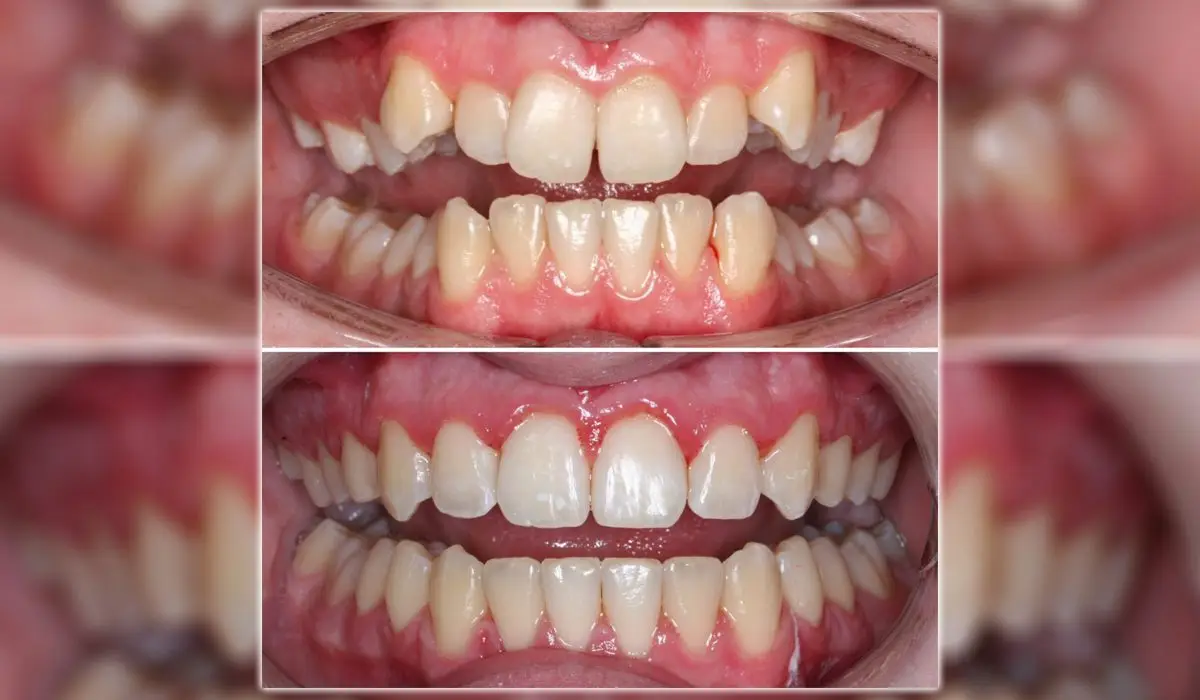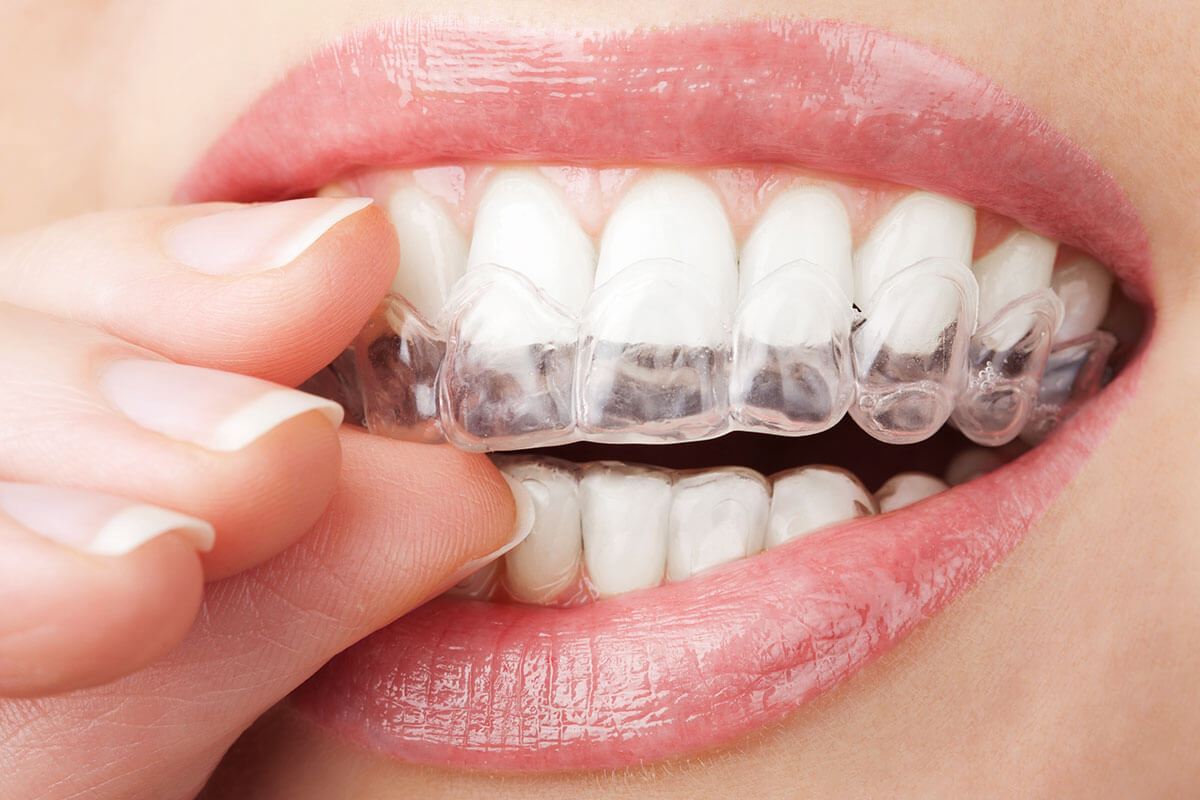Discover the Conveniences of Invisalign for a Perfect Smile Improvement
Discover the Conveniences of Invisalign for a Perfect Smile Improvement
Blog Article
Invisalign vs. Standard Dental braces: Which Alternative Is Right for You?
When considering orthodontic treatment, the option in between Invisalign and typical braces presents several crucial aspects that warrant mindful evaluation. Invisalign provides a discreet option with detachable aligners, while typical dental braces provide a more visible yet effective solution for severe misalignment. Each option encompasses distinct benefits and drawbacks associated with appearances, convenience, therapy period, and expense. Comprehending these subtleties is important for making a notified choice that lines up with your personal preferences and lifestyle. The inquiry continues to be: which alternative will ideal satisfy your orthodontic requirements and expectations?
Review of Therapy Options

On the other hand, typical braces include steel brackets and cables that are adhered to the teeth. This method applies constant stress in time to accomplish placement. While efficient for intricate orthodontic concerns, conventional dental braces call for regular brows through for adjustments and can present obstacles in maintaining oral hygiene as a result of the trouble of cleaning around brackets and cables.
Both alternatives have their benefits, and the option commonly rests on specific dental conditions, way of life preferences, and individual conformity. Inevitably, speaking with an orthodontic expert is vital for establishing one of the most ideal therapy strategy customized to private requirements. Understanding the nuances of each choice can significantly influence the overall success of orthodontic therapy.
Visual Factors To Consider
A significant variable influencing the choice in between Invisalign and standard braces is the visual charm each therapy uses. Invisalign aligners are crafted from clear plastic, making them practically invisible when put on.
On the other hand, traditional dental braces contain steel brackets and cords, which can be much more recognizable. While improvements in orthodontic technology have actually resulted in the growth of smaller braces and colored elastics, standard braces still preserve an even more noticeable account. For some individuals, the exposure of dental braces may hinder them from seeking needed treatment.
Eventually, the selection between Invisalign and typical braces may rest on personal preferences pertaining to aesthetics. Individuals that prioritize discretion often lean toward Invisalign, while those that are much less concerned regarding presence might choose typical braces. Comprehending the visual effects of each option is vital for making an informed choice that lines up with one's way of living and choices.
Convenience and Convenience

In terms of convenience, Invisalign aligners are detachable, allowing clients to enjoy their favored foods without constraint and preserve optimal dental hygiene. Brushing and flossing are streamlined, as the aligners can be secured during these regimens, whereas standard braces call for cautious maneuvering around wires and braces.
Furthermore, Invisalign's progressive system permits for fewer orthodontic visits. People normally get numerous collections of aligners simultaneously, which can simplify the treatment procedure and decrease time invested in the orthodontist's chair. In contrast, traditional braces necessitate routine changes, making them less hassle-free for those with hectic timetables. Invisalign. Generally, the convenience and benefit of Invisalign make it an enticing option for several individuals looking for orthodontic treatment.
Treatment Duration and Performance
While both Invisalign and traditional braces are reliable in dealing with dental imbalances, the period of treatment can vary substantially in between both choices. Commonly, Invisalign treatment can take anywhere from 12 to 18 months, depending on the complexity of the situation. The clear aligners work by gradually shifting teeth into their preferred placements, and normal follow-ups with an orthodontist aid ensure progress stays on the right track.
On the other hand, typical dental braces frequently require a longer commitment, typically ranging from 18 months to three years. This is because of their fixed nature and the use of wires and brackets, which can be much more reliable for serious imbalances and complex situations (Invisalign). The treatment efficiency great post to read of traditional braces is well-documented, as they permit accurate changes and higher control over tooth movement
Eventually, the option in between Invisalign and conventional dental braces may depend upon both the anticipated treatment period and the certain oral problems available. Consulting with an orthodontist is important, as they can provide tailored suggestions based on specific demands, ensuring the chosen method straightens with wanted end results and durations.
Price Comparison and Insurance Coverage Options
Price plays a substantial duty in the decision-making procedure for individuals thinking about orthodontic treatment, you can find out more whether opting for Invisalign or standard dental braces. Generally, the cost of Invisalign ranges from $3,000 to $8,000, while standard dental braces commonly set you back between $2,000 and $6,000. Factors influencing these prices consist of the complexity of the instance, the duration of treatment, and geographical place.
Many dental insurance policy plans offer partial insurance coverage for orthodontic therapies, yet the specifics can vary extensively. Generally, conventional dental braces may be more regularly covered by insurance policy strategies contrasted to Invisalign, which some insurance firms classify as an aesthetic procedure.
Additionally, several orthodontic practices offer versatile settlement plans, making both treatment options a lot more obtainable. People ought to ask about prospective funding alternatives and discounts for in advance payments. Assessing the total expense, including insurance policy advantages and layaway plan, is vital for making a notified choice that lines up with both aesthetic preferences and budget factors to consider.

Conclusion
In summary, the option in between Invisalign and typical braces depends upon multiple aspects, consisting of visual choices, comfort, therapy period, and expense. Invisalign offers a discreet, detachable alternative that facilitates oral health and nutritional adaptability, while traditional dental braces may be preferable for intricate oral concerns and typically come with a lower cost point. Ultimately, appointment with an orthodontist is vital to assess private conditions and establish one of the most suitable treatment choice for achieving optimum dental alignment.
When thinking about orthodontic therapy, the selection in between Invisalign and standard braces presents several important elements that warrant mindful analysis.Contrasting Invisalign and conventional dental braces reveals distinctive treatment options for orthodontic modification.While both Invisalign and conventional braces are efficient in remedying oral imbalances, the period of treatment can differ considerably between the two options.Price plays a substantial function in the decision-making process for individuals thinking about orthodontic treatment, whether choosing for Invisalign or conventional dental braces.In summary, the selection in between Invisalign and standard braces pivots on numerous variables, including visual choices, convenience, treatment duration, and cost.
Report this page